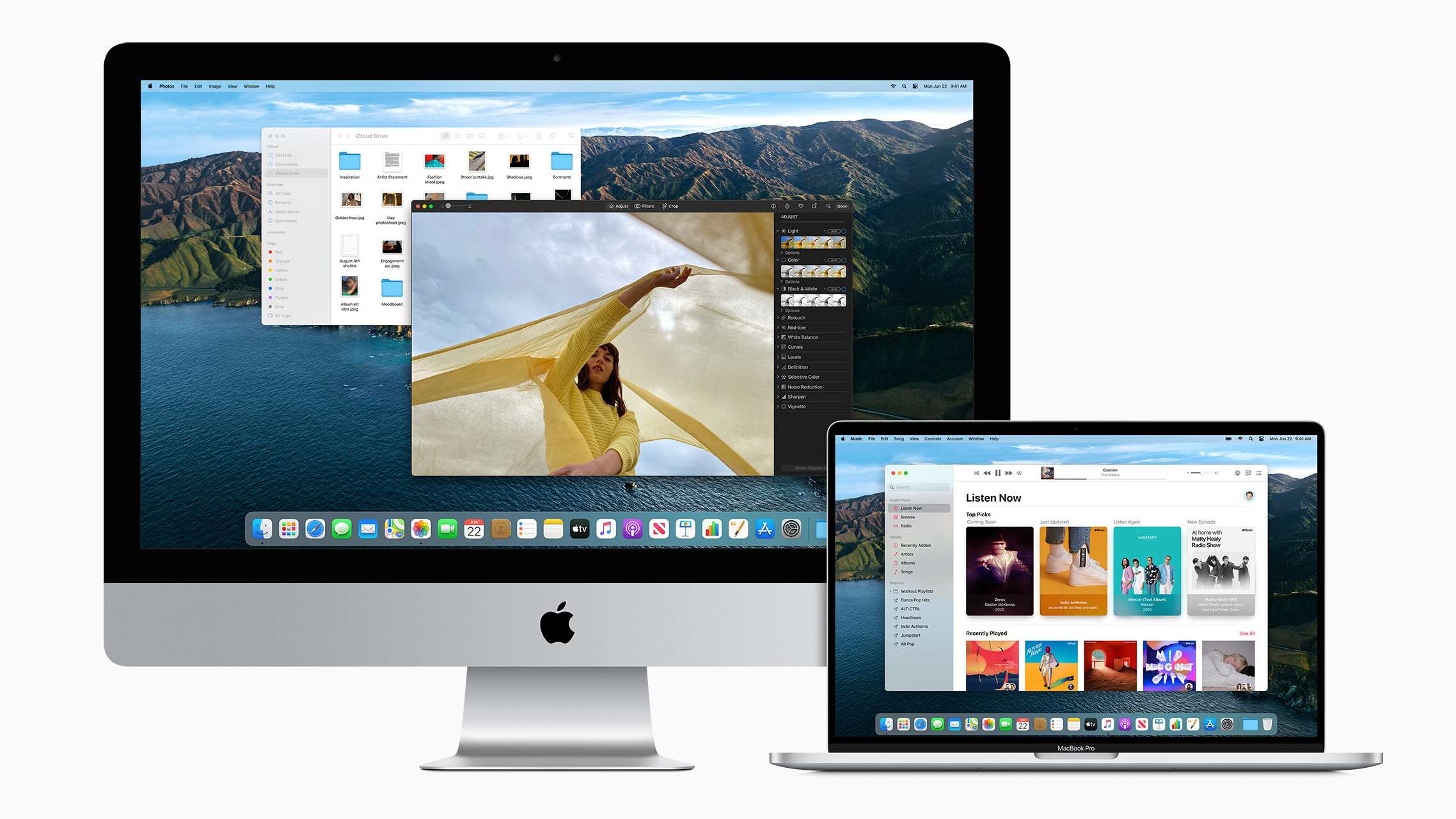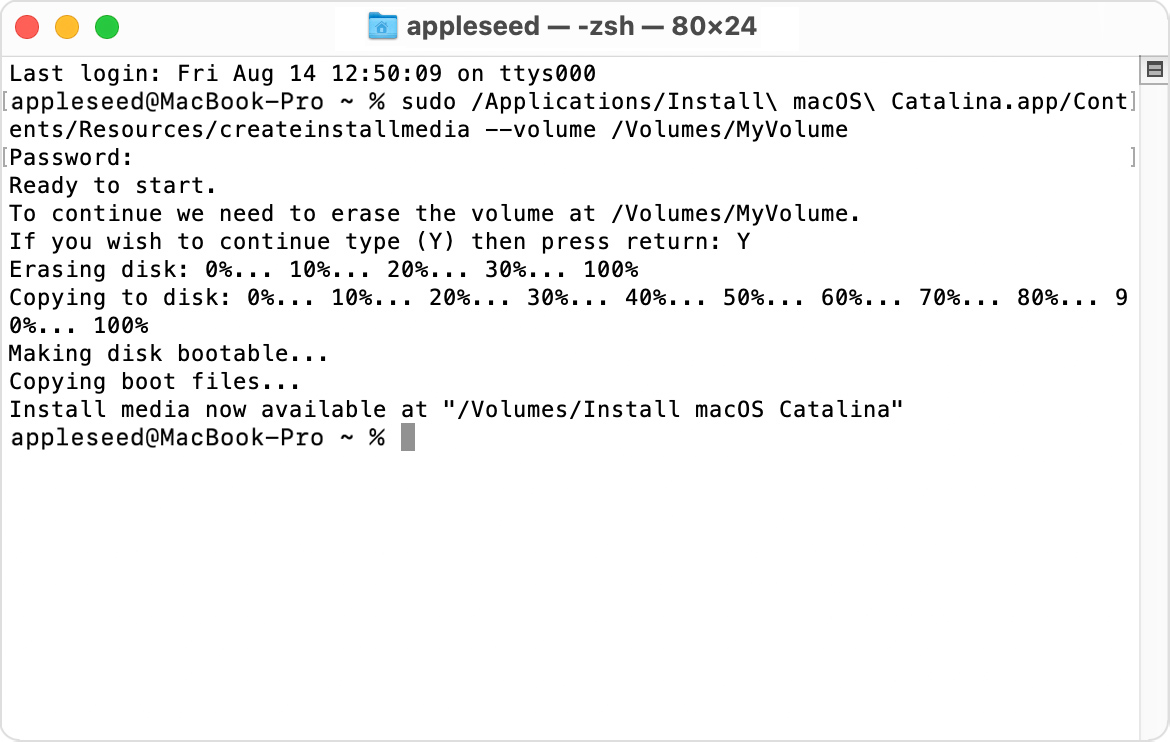How to Install Bluetooth Usb Dongle Windows 10
Using an external drive, you can install or reinstall the Mac operating system on a supported device. Apple recommends only system administrators follow these steps since a bootable installer isn't necessary to update or even reinstall macOS. A bootable installer is ideally suited for installing macOS on multiple devices.
The newest MacBooks only have USB-C ports. To install macOS on these computers, you'll need a flash drive that supports USB-C or a USB hub or adapter. The file or drive must support Mac OS Extended and have at least 14GB of available storage.
Choose one of our favorite flash drives or best external drives to serve as your bootable installer. Currently, you can only create a bootable installer for macOS Big Sur, Catalina, Mojave, High Sierra, or El Capitan.
If you want to go back to your previous macOS, here's how to downgrade macOS.
1. Download macOS
On a MacBook or Mac desktop computer, download the version of macOS that suits your needs.
The macOS file will download to your Applications folder. Once the download is complete, you'll see the file named 'macOS [version name]'.
To get the correct installer, download from a Mac that is using macOS Sierra 10.12.5 or later, or El Capitan 10.11.6. Enterprise administrators should download from Apple, not a locally hosted software-update server.
- macOS Big Sur
- macOS Catalina
- macOS Mojave
- macOS High Sierra
For an OS X El Capitan installation, the file gets saved as a disk image named 'InstallMacOSX.dmg'. To install, open the disk image and run the installer named 'InstallMacOSX.pkg'.
From there, it installs an app named 'Install OS X El Capitan' into your Applications folder. You will create the bootable installer from this app, not from the disk image or .pkg installer.

2. Use Terminal
Once you have your bootable installer ready, it's time to move to the next step. Connect the USB flash drive to the computer you wish to install macOS. Choose 'Finder' then select 'Go' from the menu bar. Click 'Utilities', then 'Terminal'.
In the next step, you'll enter a command in Terminal. The command differs, depending on the macOS version you're going to install. With each command, it's assumed the installer is located in your 'Applications' folder and 'MyVolume' is the name of the USB flash drive. Change the name in the command to match your settings, if necessary.
For macOS Big Sur, copy and paste the following into Terminal:
sudo /Applications/Install\ macOS\ Big\ Sur.app/Contents/Resources/createinstallmedia --volume /Volumes/MyVolume For macOS Catalina:
sudo /Applications/Install\ macOS\ Catalina.app/Contents/Resources/createinstallmedia --volume /Volumes/MyVolume For macOS Mojave:
sudo /Applications/Install\ macOS\ Mojave.app/Contents/Resources/createinstallmedia --volume /Volumes/MyVolume For macOS High Sierra:
sudo /Applications/Install\ macOS\ High\ Sierra.app/Contents/Resources/createinstallmedia --volume /Volumes/MyVolume For OS X El Capitan:
sudo /Applications/Install\ OS\ X\ El\ Capitan.app/Contents/Resources/createinstallmedia --volume /Volumes/MyVolume --applicationpath /Applications/Install\ OS\ X\ El\ Capitan.app 3. Continue with Terminal
After pasting the command above, hit the 'Return' key. Type your administrator password when prompted, then press 'Return' again. Type 'Y' to confirm that you want to erase the volume, then press 'Return'. If asked, click 'OK' to allow the copying of files to proceed. Quit 'Terminal'.
You've now successfully created a bootable installer that you can use to install macOS on other machines.

4. Use bootable installer
It's now time to use the bootable installer to install a fresh copy of macOS. The steps are different, depending on whether you're using an Intel-based Mac or one with Apple silicon.
For Intel-based machines:
Plug the bootable installer into a Mac that's connected to the internet and is compatible with the macOS version you're installing. Press and hold the 'Option' key after turning on or restarting the Mac. Release the 'Option' key when you see a dark screen showing your bootable volumes. Select the volume that contains the bootable installer. Click the 'Up' arrow or 'Return' key.
If prompted, choose your language. Select 'Install macOS' or 'Install OS X' from the Utilities window. Click 'Continue' and follow the instructions.
For Apple silicon machines:
First, plug the bootable installer into the Mac you wish to install macOS. Make sure this machine is connected to the internet and supports the macOS version you're installing. Hold the power button until you see the startup options window. Select the volume containing the bootable installer, then select 'Continue'. Follow the instructions when the macOS installer opens.
- Learn more about downloading and installing macOS Big Sur
How to Install Bluetooth Usb Dongle Windows 10
Source: https://www.techradar.com/how-to/how-to-install-macos-from-a-usb
0 Response to "How to Install Bluetooth Usb Dongle Windows 10"
Post a Comment